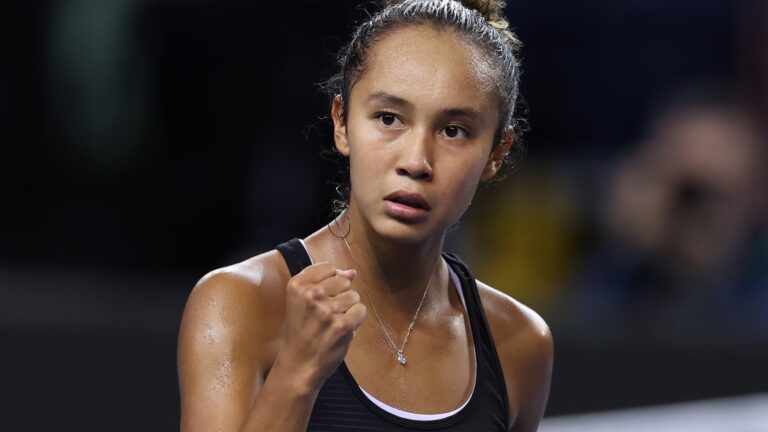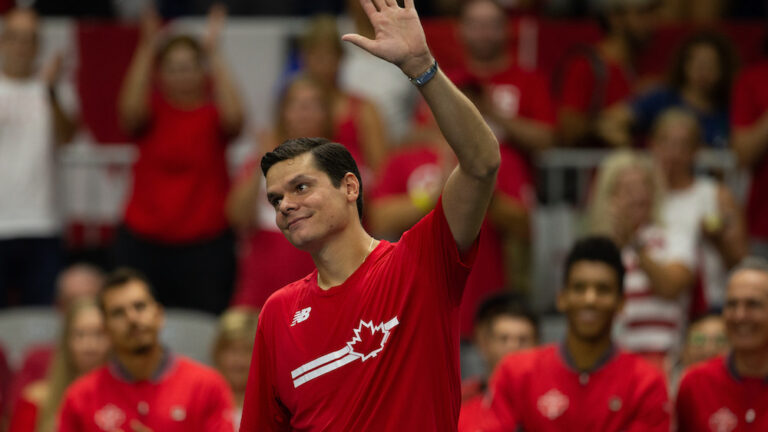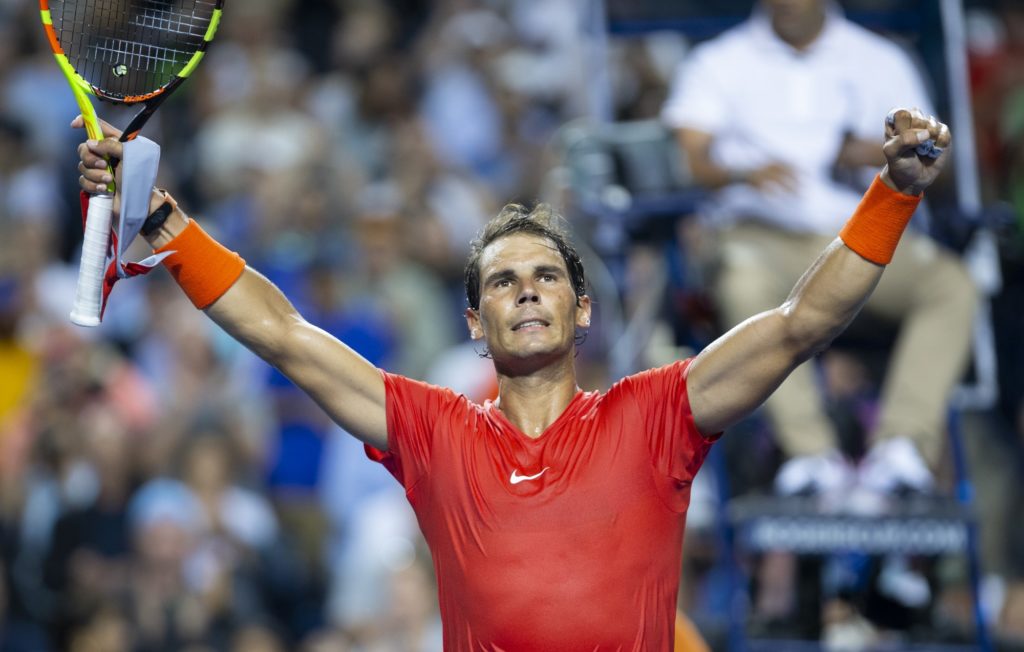
Photo : Peter Powers
When Phil Mickelson won the 2021 PGA Championship at the age of 50, he electrified fans and sparked a wave of comments and correlations in the Twitterverse.
Though most comparisons are flawed, especially with respect to the differences between golf and tennis as individual sports and between individual sports and team sports, it’s still fascinating to watch phenomenal athletes excel at an age when many of their peers have long since retired.
So, who will be the most senior senior to win a Grand Slam?
It’s a timely question as there’s a handful of players—namely, Roger Federer, Serena Williams, Rafael Nadal and Novak Djokovic—who are standing the test of time and eyeballing the No. 1 ranking.
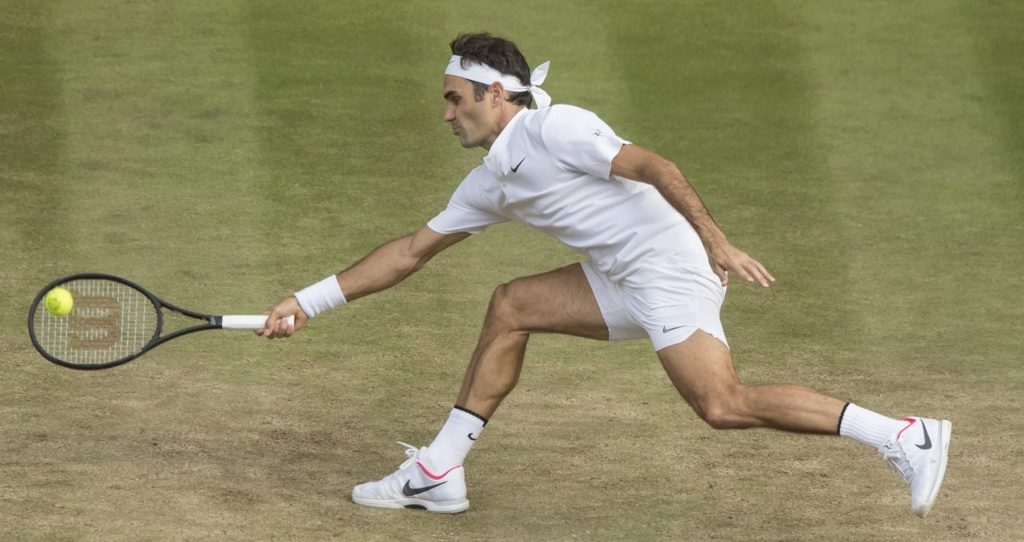
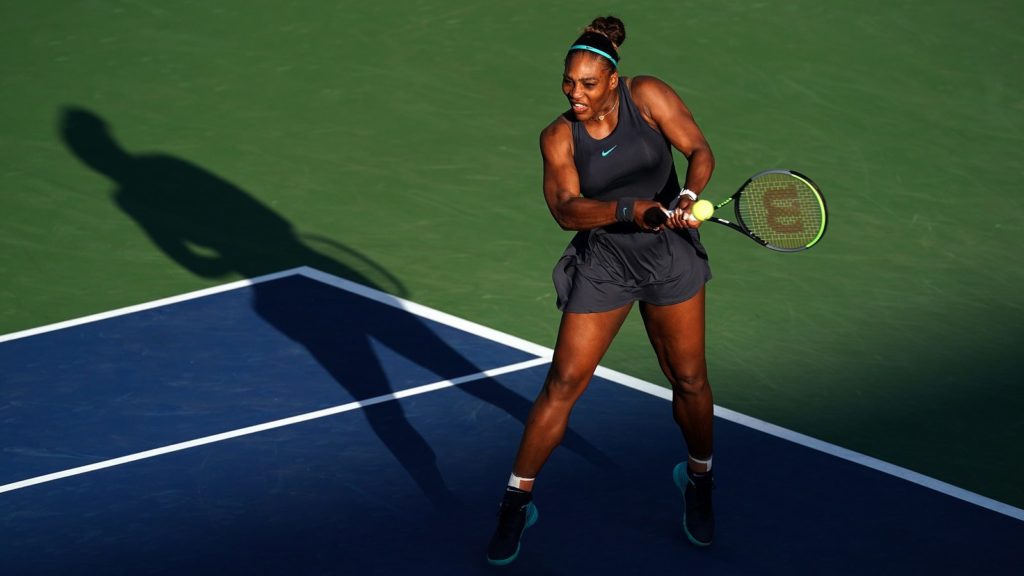
Photo : Tennis Canada 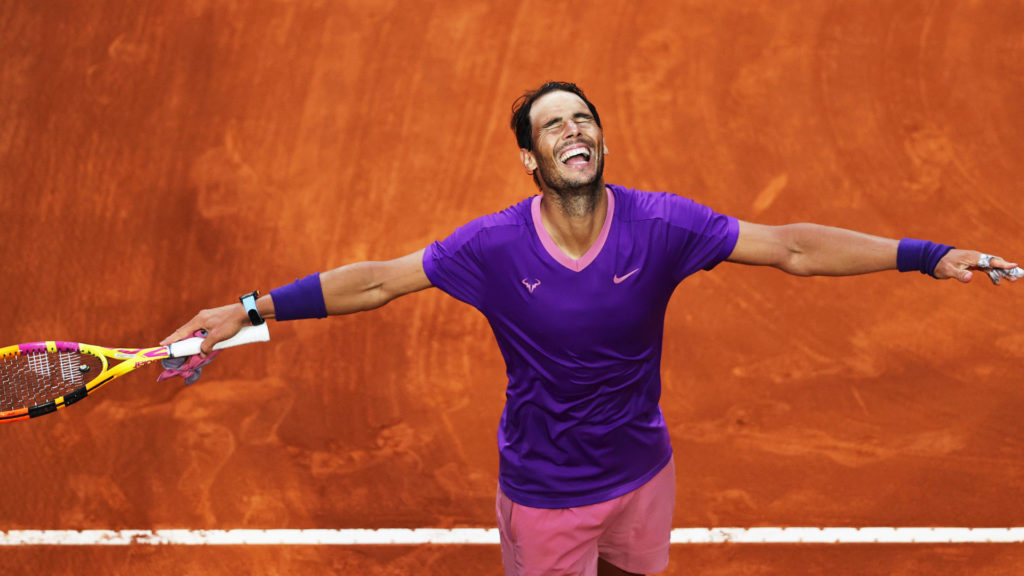
Photo : ATP Tour 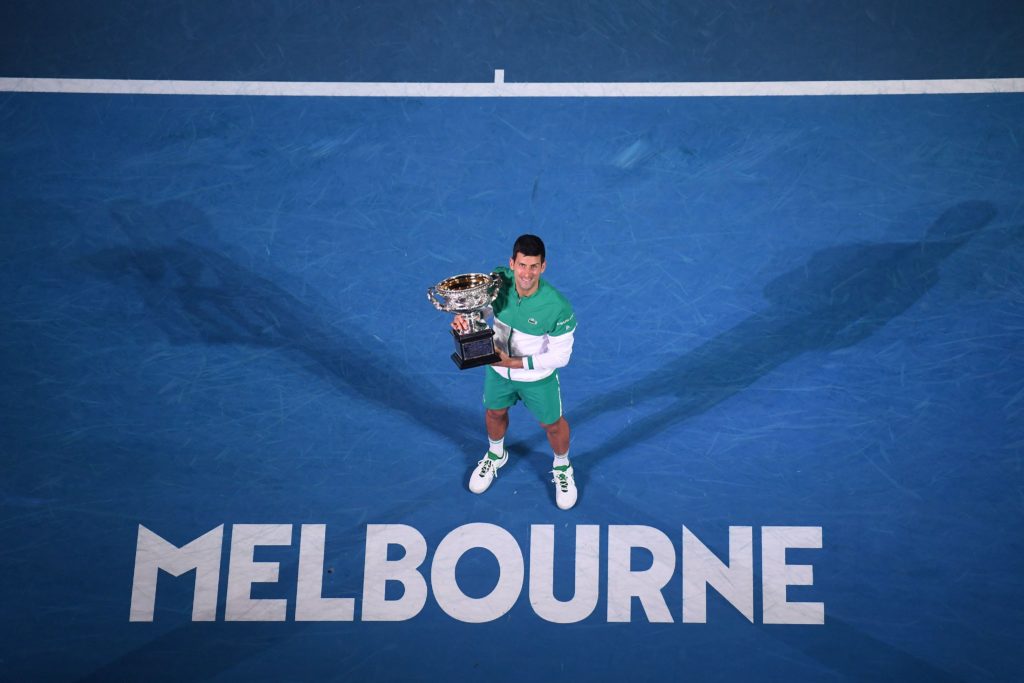
Photo: Australian Open
While Roger and Serena are pushing forty (pretty old in tennis) and have struggled to win in recent years, Rafa and Nole can still outmaneuver the young guns who’ve set their sights on overtaking them.
With Roland-Garros about to get rolling, Rafael Nadal stands as the favourite. He’ll be celebrating his 35th birthday during the first week of the event and could become the oldest player to win if he manages to hoist the Coupe des Mousquetaires. His countryman Andres Gimeno currently holds the record. He was 34 when he claimed his one and only major in 1972 (in case you’re keeping score, that’s 13 for Nadal!).
If the King of Clay reasserts his domination on June 13, he’ll also break another momentous record and overtake his friend Federer as the player with the most Grand Slam men’s singles titles (in case you’re still keeping score, that would be 21 for Nadal!).
A glance at the list of the oldest players to have won a major reveals that 1972 was a good year for the more experienced aces and that the much fabled Fountain of Youth may actually find its source in Australia.
Age Country Year
Ken Rosewall 37 years, 2 months Australia 1972
Roger Federer 36 years, 5 months Australia 2018
Serena Williams 35 years, 4 months Australia 2017
Andres Gimeno 34 years, 10 months France 1972
Rafael Nadal 34 years, 3 months France 2020
Novak Djokovic 33 years 8 months Australia 2021
Flavia Penetta 33 years, 7 months US 2015
This year, Roger Federer and Serena Williams could potentially move to the top of the list. The Maestro turns 40 on August 8, and, on September 26, Serena will too. But in their particular cases, the chances they’ll win big are slim. Besides their age, they just don’t play enough competitive tennis. And that’s without accounting for how fierce their adversaries are.
As far as Nadal and Djokovic, they’re getting up there, too and could get past Ken Rosewall in the next few years. If they manage to keep going, that is.
But regardless of whether they beat the clock or not, their careers and remarkable records earn them all our respect and admiration.
Tennis’ Musketeers
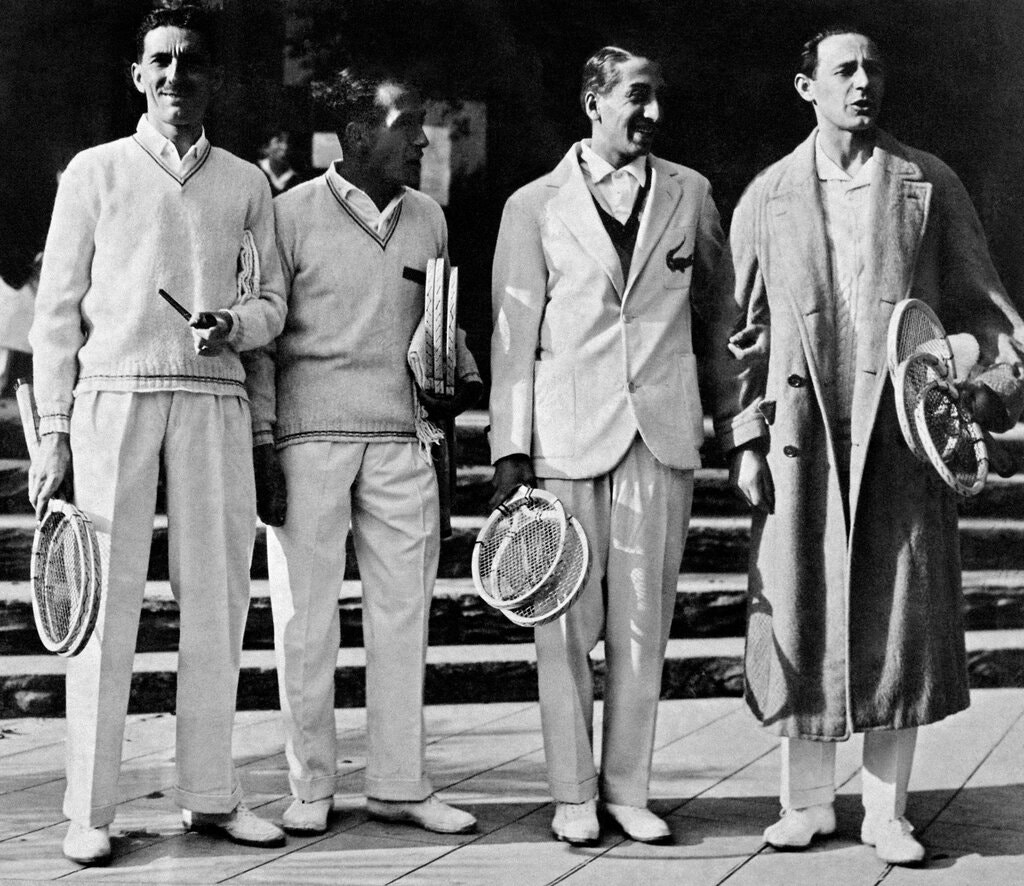
Roland-Garros gets underway on Sunday, May 30, and ticketholders are expected in the stands and on site. As they enter the Roland-Garros stadium complex, they’ll inevitably come face to face with the French Open’s very own Mousquetaires.
Around the famous Place des Mousquetaires, where fans gather and watch matches on the giant screen, four bronze statues serve as backgrounds and stationary doubles partners in fans’ selfies and souvenir photos.
But who were tennis’ four Mousquetaires?
Armed with racquets, the players moved like swashbuckling swordsmen, and, like Alexandre Dumas’ heroes, there were three of them until D’Artagnan saved the trio and became the group’s leading member.
But unlike the characters in the novel, the fourth French musketeer (Jacques Brugnon) wasn’t a hero. Even so, the lesser-known member of the quartet still played a huge part in France’s David Cup success.
For twelve years, from 1922 to 1933, René Lacoste, Henri Cochet and Jean Borotra swept the three majors, including the French Open. The original three played in 15 finals in Paris and split 10 titles. If you count all the Grand Slams, the trio fought their way into 32 finals!
The 3 Mousquetaires in Grand Slam singles finals
Finals Wins Losses
René Lacoste 12 6 6
Henri Cochet 10 6 4
Jean Borotrat 10 7 3
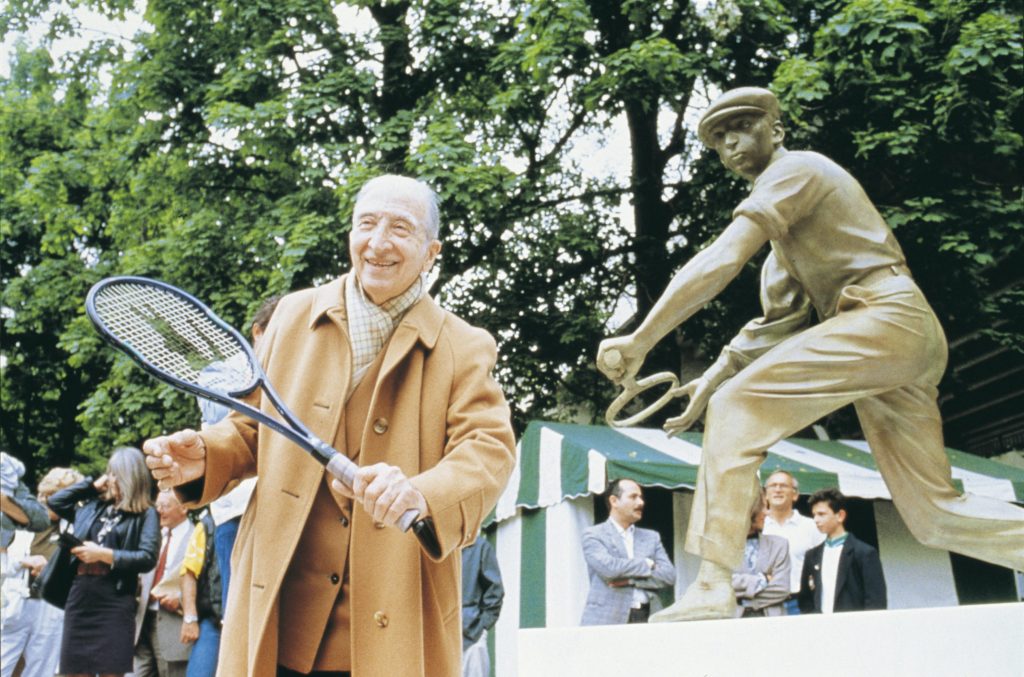
René Lacoste is certainly the most famous of the Musketeers. His name and emblematic brand are still front and centre on the tenniswear and streetwear of fans and pros alike. You won’t be surprised to learn that sources say he was known as either the Crocodile or the Alligator.
Why? At Davis Cup 1926, he and team captain Pierre Gillou bet a crocodile leather travel bag that Lacoste would win the deciding match!
There’s also another explanation. It isn’t as talked about, but I heard it from a trusted source, none other than former pro and member of France’s Davis Cup team and former vice-president of elite development at Tennis Canada Louis Borfiga. “In France, when a player was tough and systematically ran down every ball, we’d say he was a crocodile. And that’s exactly who René Lacoste was,” he said with his enduring smile.
Head over to the Roland-Garros website to find out more about Lacoste and his ties to the tournament.
With his innovative style, Henri Cochet was a trailblazer who was known as the Magicien, the magician.
As for Jean Borotra, the Bounding Basque, he only discovered tennis at the age of 21 after playing Basque pelota, which is a bit like squash but a lot more complicated. Just five years into his tennis career, he won Wimbledon!
Finally, Jacques Toto Brugnon was a doubles expert and the most under the radar. Still, his contribution was key to France’s Davis Cup triumphs.
From 1925 to 1933, Brugnon and his three companions played in nine consecutive editions of Davis Cup and collected six straight wins (1927 to 1932).
To find out more about Roland Garros and why the French Open is named after a World War I fighter pilot, take a quick (virtual) tour of the tournament right here.
Go, go Coco!
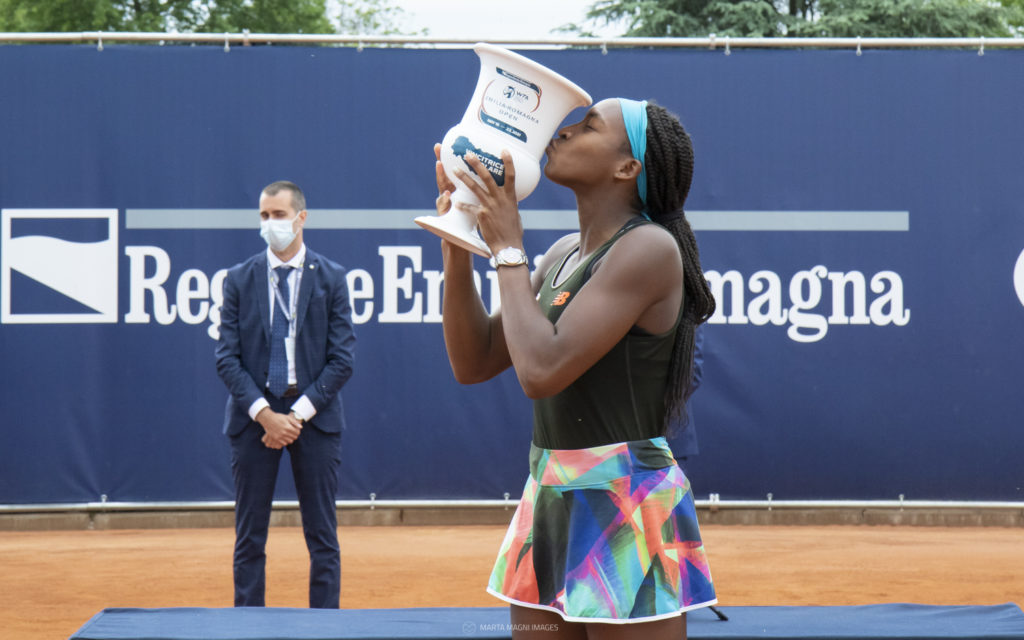
Teenage sensation Cori Coco Gauff is continuing her relentless pursuit of the very top of the WTA rankings.
Keeping pace with her personal and career growth curve, the 17-year-old American has just brought her 2021 record to 23-9, with her five most recent wins coming on clay in Parma, Italy.
Not satisfied with securing the second WTA title of her career, she teamed up with fellow American Caty McNally and also grabbed the doubles crown. It was the first time in 17 years that a woman won both the singles and doubles titles of a WTA event. The last player to do it before Coco? Maria Sharapova in Eastbourne in 2004.
With her win over Ashleigh Barty (walkover) on May 14, Coco cemented her spot in the Top 30 three days later.
Remarkable? Certainly. But she isn’t the first. In fact, according to this table compiled in mid-May by Tennis is my life, 30 young women came before her.

In the April 20th edition of my blog, I mentioned Coco’s rise in a segment entitled WTA: Who will be the next one? on the tennis prodigies who’ve left their mark on the sport.
Gauff found her way into the Top 30 at 17, not 14 like Jennifer Capriati or Martina Hingis (a phenomenon that will likely never happen again). In today’s tennis, Gauff is a spectacular exception.
The championship in Parma propelled her to No.25 (since May 24), which makes her a seeded player at a Grand Slam for the very first time in her career. Coco will be the youngest to join the seeds since Nicole Vaidisova at Roland-Garros in 2006.
Even considering her opponents, the fearless teenager should be seen as a serious contender in Paris.
Unfortunately for said opponents, Coco has definitely found her way on clay, which, for many, is the most difficult court to conquer. “Clay shows you a little extra love than the other surfaces do. It’s just going home, taking a shower, and I have clay coming out of me from all different places or clay still in my clothes from weeks later. So, that’s the only thing I don’t like about it. But obviously, performance-wise I do well on it,” she said.
And that’s all that matters, isn’t it?
“I can’t control God!”
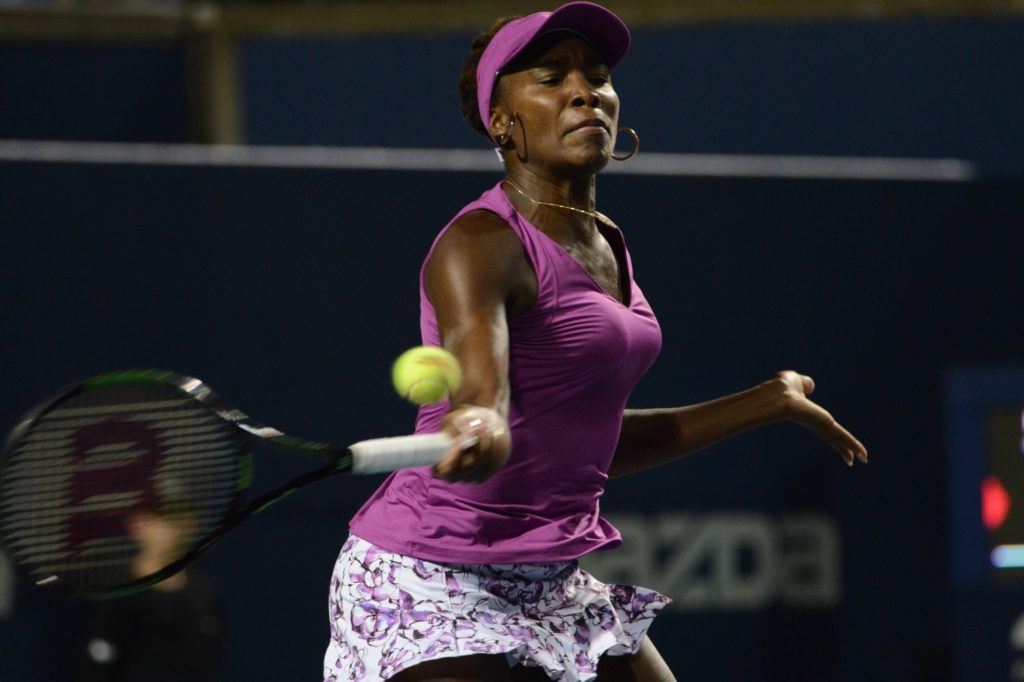
As her younger sister Serena struggled to establish her supremacy ahead of her 24th Grand Slam campaign, Venus Williams slunk out of the Top 100.
Indeed, the World No.102 was just handed her fourth consecutive loss. She hasn’t been able to get past the second round of any tournament this season, losing five of the seven matches she’s competed in.
Her most recent defeat in Parma was at the hands of No.125 Anna Karolina Schmiedlova of Slovakia. After winning the first set 7-5, Venus fell behind 0-3 and then got a violation from the chair umpire when heavy winds forced her to take more time on her serve.
She promptly walked up to the official and said: “I can’t control God. I am just saying that wind blows, and there is nothing I can do about that. I can’t control God, talk to him.”
It doesn’t seem like the conversation with God ever happened, and it doesn’t seem like Venus has solved her problem. An hour after the rant, she was sent packing by Schmiedlova (5-7, 6-2, 6-2).
Canadians in the NCAA Playoffs
After a succesful season with the University of Kentucky Wildcats, Canadians Liam Draxl and Gabriel Diallo got on a big start in the NCAA tennis Division 1 (D1) playoffs.
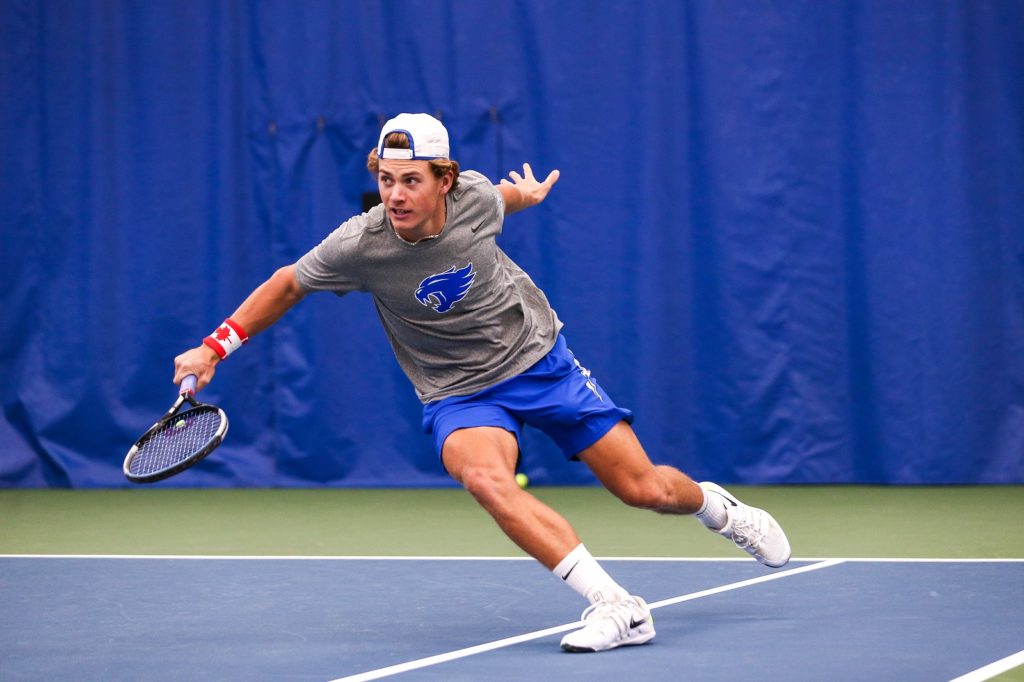
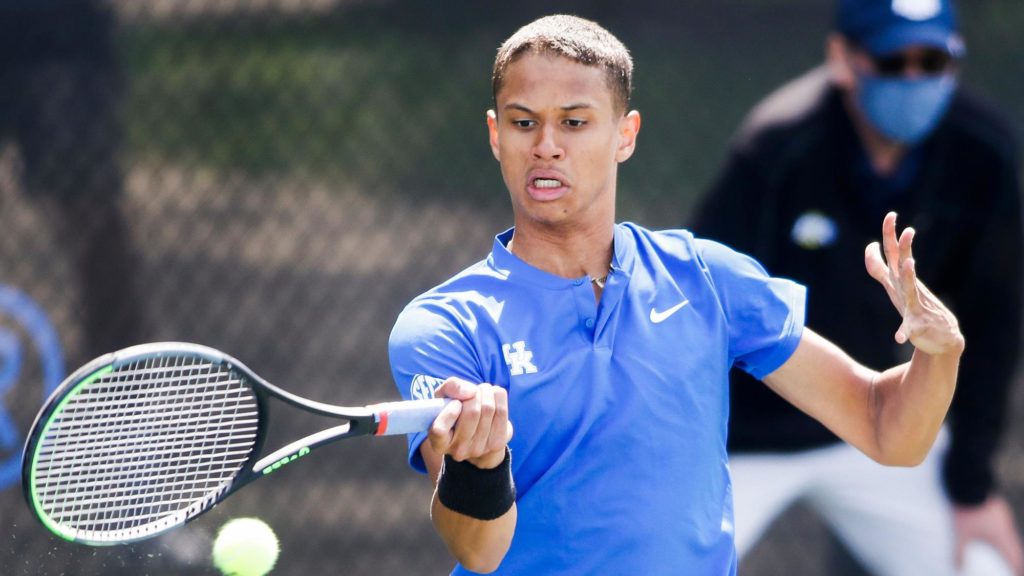
Ontario’s Draxl, 1st seed, along with Quebecer Diallo, 14th, both won their first two matches to reach the round of sixteen.
Also, a third Canadian, Alexis Galarneau of the North Carolina State Tar Heels, easily reached the 3rd round.
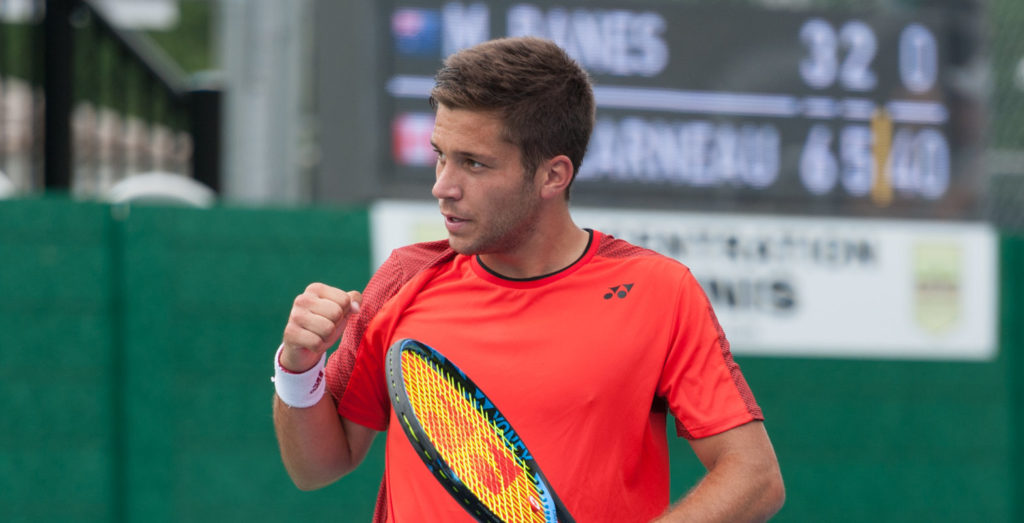
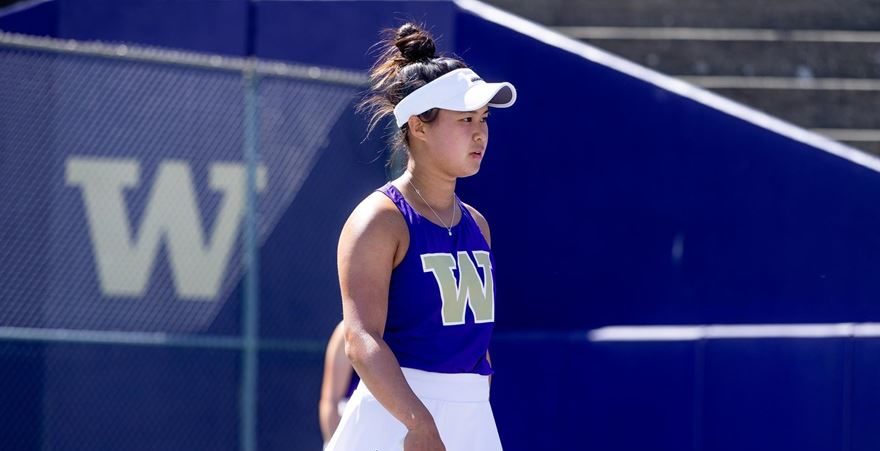
In the round of sixteen, then in the quarter-finals, Draxl could maintain his superb level to reach de semis. Unfortunately, his two compatriots from the province of Québec, Diallo and Galarneau, were eliminated .
On the ladies side, Vanessa Wong, playing for the Huskies of University of Washington, lost in the first round.
In case you missed it, here’s what I wrote, on may 4th, on our Canadian tennis players (and mainly the Wildcats), regarding their 2021 regular season in the NCAA D1.
Get in touch with me!
Email: privard@tenniscanada.com
Twitter: @paul6rivard
Follow all our Canadians in action here.

